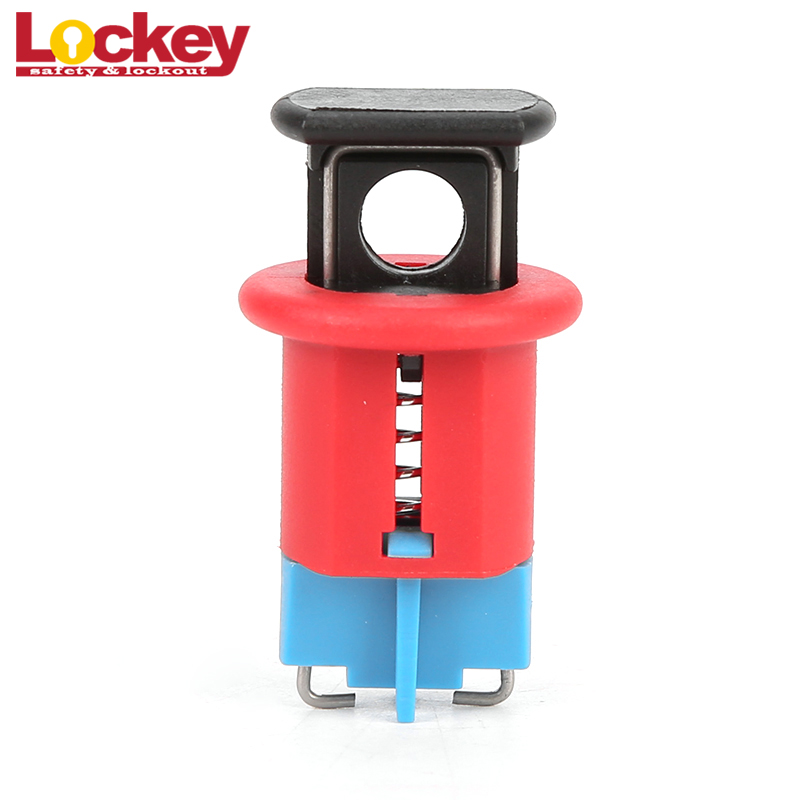Single Pole Circuit Breaker Lockout: Ensuring Safety in Electrical Maintenance
In any industrial or commercial setting, electrical maintenance is a critical aspect of ensuring the safety and functionality of the electrical systems. One important tool in electrical maintenance is the single pole circuit breaker lockout. This device plays a crucial role in preventing accidental energization of circuits during maintenance or repair work, thereby safeguarding the personnel and equipment from potential electrical hazards.
A single pole circuit breaker lockout is designed to fit onto the toggle of a single pole circuit breaker, effectively preventing the breaker from being turned on. This simple yet effective device is an essential component of a comprehensive lockout/tagout (LOTO) program, which is mandated by safety regulations to protect workers from hazardous energy sources during maintenance activities.
When it comes to electrical maintenance, the safety of personnel is of paramount importance. Accidental energization of circuits can result in severe injuries or even fatalities. By utilizing a single pole circuit breaker lockout, maintenance personnel can isolate specific electrical circuits, ensuring that they are de-energized and safe to work on. This not only protects the workers performing the maintenance but also prevents damage to the equipment being serviced.
The process of using a single pole circuit breaker lockout is straightforward. The device is typically made of durable materials such as impact-modified nylon or steel, ensuring its ability to withstand the rigors of industrial environments. To apply the lockout, the maintenance personnel simply place the device over the toggle of the circuit breaker and secure it in place using a locking mechanism. This effectively prevents the breaker from being turned on until the lockout device is removed, providing a physical barrier against accidental activation.
In addition to its role in preventing accidental energization, a single pole circuit breaker lockout also serves as a visual indicator that maintenance work is being performed on the associated electrical circuit. This is achieved through the use of lockout tags, which are attached to the lockout device and provide essential information such as the name of the authorized personnel performing the maintenance, the reason for the lockout, and the expected duration of the lockout.
Furthermore, single pole circuit breaker lockout devices are often designed to be compact and lightweight, allowing for easy storage and transport. This ensures that maintenance personnel can readily access and deploy the lockout devices as needed, facilitating the efficient implementation of LOTO procedures across various electrical systems within a facility.
It is important to note that the use of single pole circuit breaker lockout devices should be accompanied by comprehensive training for the personnel involved in electrical maintenance. Proper training ensures that workers understand the importance of lockout/tagout procedures and are proficient in the correct application of lockout devices. Additionally, regular inspections and audits should be conducted to verify the proper usage and maintenance of lockout devices, thereby upholding a culture of safety and compliance within the organization.
In conclusion, single pole circuit breaker lockout devices are indispensable tools for ensuring the safety of personnel and equipment during electrical maintenance. By effectively isolating electrical circuits and providing a visible indication of ongoing maintenance work, these devices play a crucial role in preventing accidents and promoting a safe working environment. When integrated into a comprehensive lockout/tagout program and supported by proper training and oversight, single pole circuit breaker lockout devices contribute to the overall safety and reliability of electrical systems in industrial and commercial settings.
Post time: Mar-11-2024


